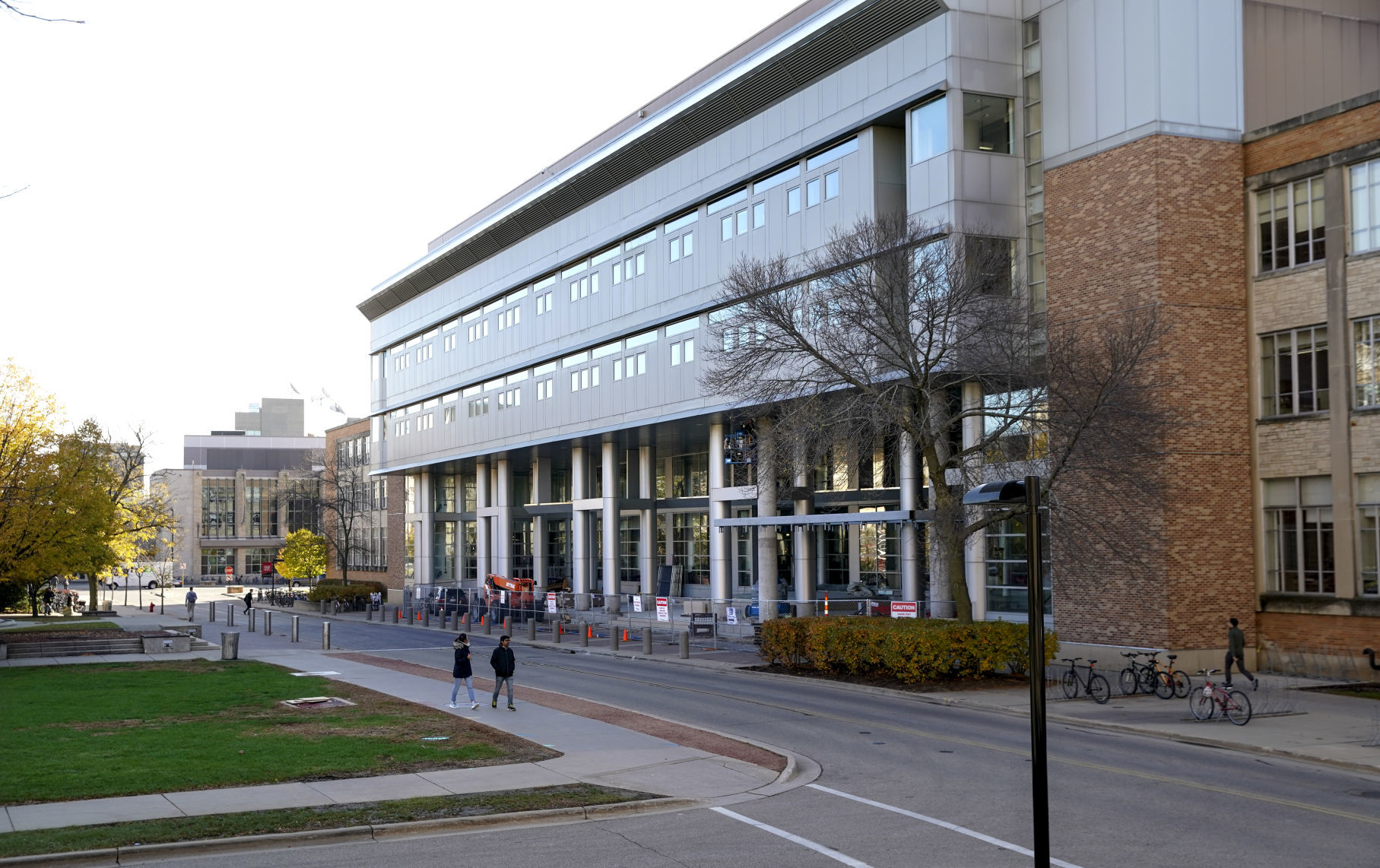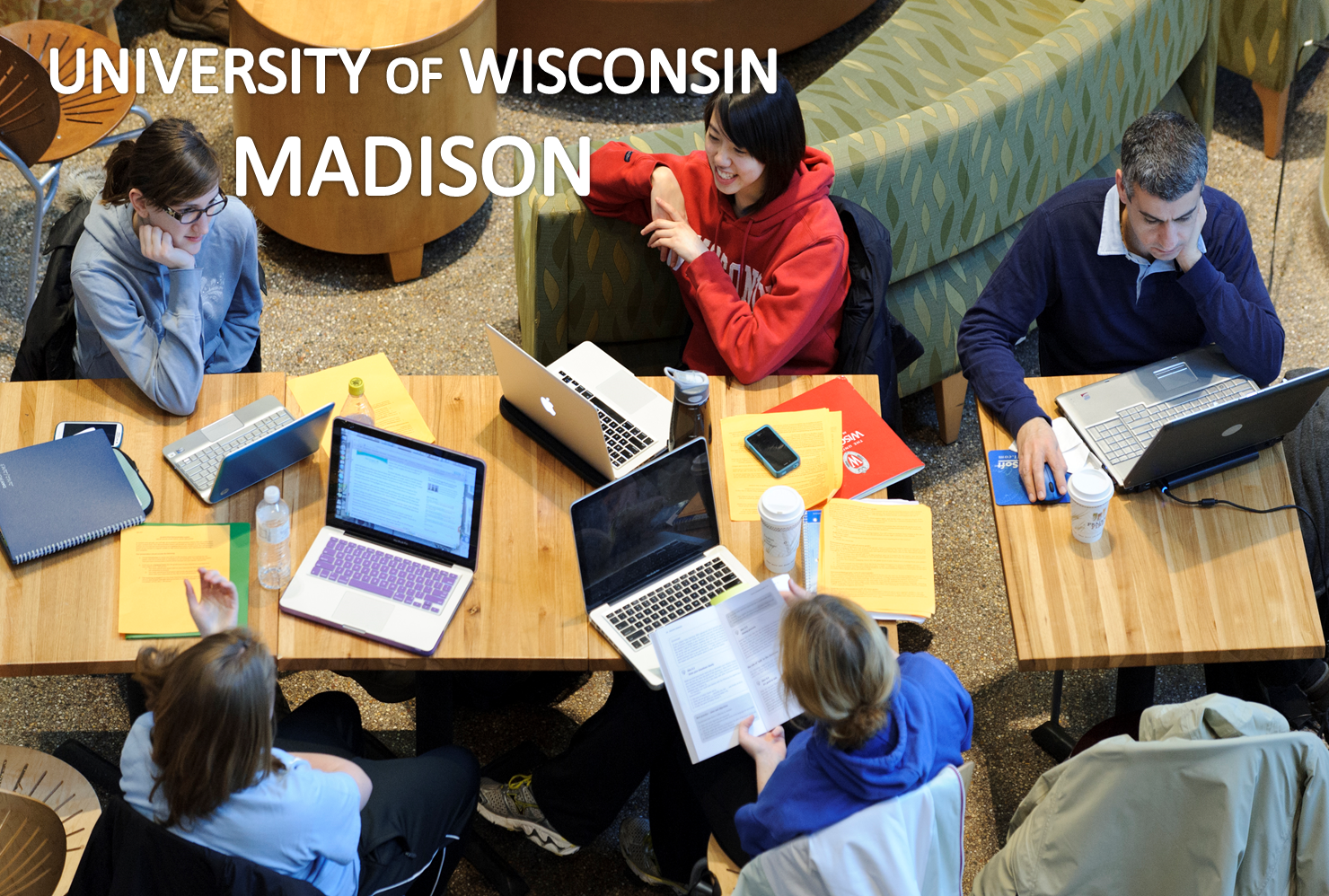
Written permission is not required when making photographs or videos of individuals in public settings or using the resulting photographs or videos in news and editorial contexts. University Communications does not regularly use model releases nor seek written permission for most other photography or videos created for both internal and broader university use. In these cases, the administrative entity most often maintains its own photo policy records and provides permission. In situations where University Communications is photographing a university preschool facility or a K–12 school classroom, we confirm with that administrative entity that parents or guardians have given permission for their children to be photographed. (Contact the HIPAA Privacy Officer for more guidance.) Therefore, if you are part of the UW–Madison Health Care Component, you must contact UW–Madison’s HIPAA Privacy Officer for a release. If you are part of the UW–Madison Health Care Component, your use of photos may also be subject to HIPAA regulations, policies, or accreditation standards unique to your area of campus. Written permission is required for photos or videos of children, patients in health care settings or laboratories, research participants, and for photos or videos of individuals being featured in advertisements or promotional materials in which a person’s name, image and/or likeness are being used.ĭownload the general release form that can be used for most instances Photographs supplied to University Communications from other UW–Madison offices or from non-university entities cannot be altered without written permission from the copyright holder, even if the image belongs to UW–Madison. Photographs (UW–Madison images and those from freelancers) should be considered to be copyrighted materials.

CopyrightĬopyrighted materials cannot be altered without written permission of the copyright holder (generally the creator or source of the original photo). Carefully consider any consequences, including jeopardizing credibility with readers, before creating a photo illustration. Remember, however, that no amount of captioning can balance a visual lie. Any permitted alteration changing the original content of an image must be labeled as a “photo illustration.” The credit line should read: “Photo illustration original photo by XX.” Artistic use of images, as in a collage, is permitted. In all cases, photo illustrations should be labeled as such. When publishing a photo illustration, it should be made clear to readers that the image does not represent a real situation. The final image should not be so photorealistic that a reader could perceive it as being real. Use caution when creating a digital illustration on a computer that uses a photo as its base material. Environmental portraits shot on location are not considered photo illustrations. When an existing photograph is altered for artistic purposes, such as by adding or deleting content, it also is considered a photo illustration. They often are set up in a studio and are used for fashion, food, and product promotion. They are staged or produced and are manufactured situations. Photo illustrations differ from news photos in content, creation, and purpose. Misrepresenting a created scene as a “found” moment.If a caption is needed to explain that the content isn’t real, don’t use the image.Content alteration of any kind-moving, adding, deleting, combining, stretching, flipping, shrinking, etc.Conversion of a color image to black and white.When cropping, keep the modified version true to the intent of the original photo. However, there is a possibility of changing reader perception with creative cropping.

Routine cropping is not considered to be an alteration.

Such changes will be considered to be insubstantial.


 0 kommentar(er)
0 kommentar(er)
